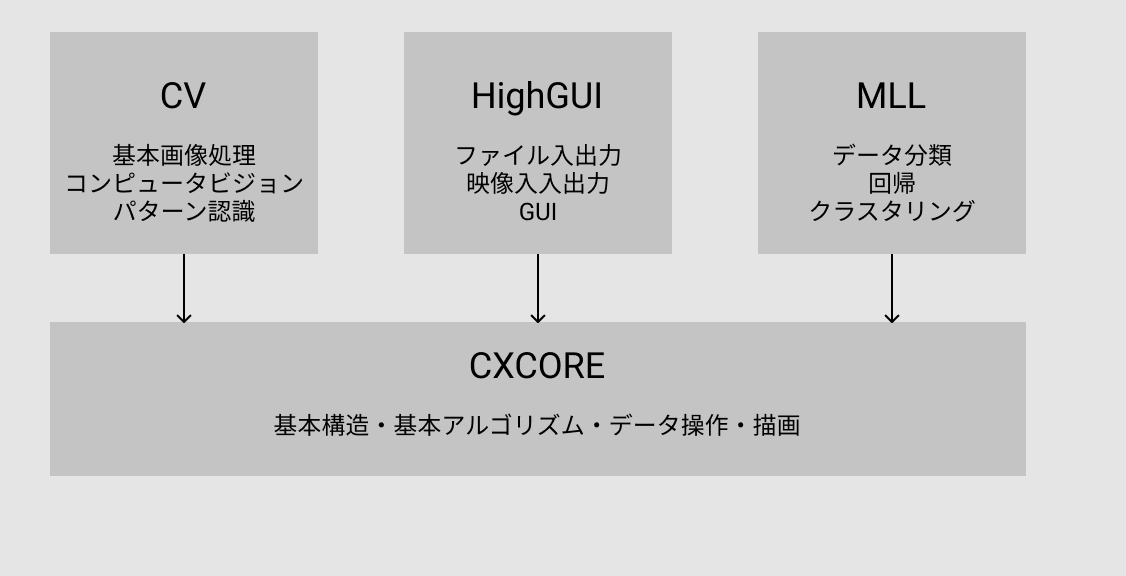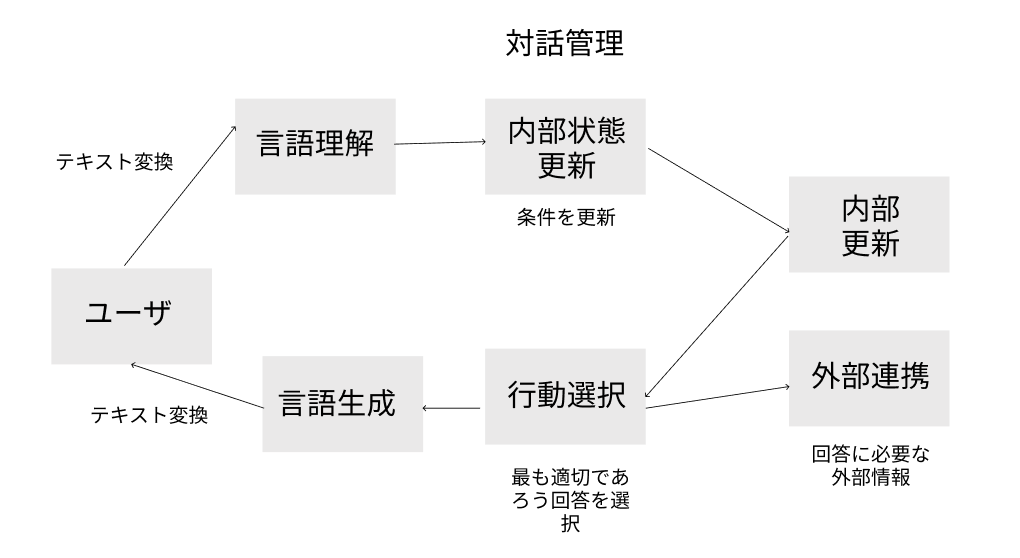– 5Gでは低い周波数(VHF帯)から高い周波数(ミリ波帯)の複数の周波数帯を組み合わせて利用し、場所、時間、アプリケーションなどにより最適な使い方を採用
– 10Gbps + 高速移動対応
– 電波(Hz=1秒間の振動数)とは電磁波。電波を使って通信を行う場合、変調という操作を行い、伝達したい情報を載せる
27.00GHz 〜 27.40GHz 楽天
27.40GHz 〜 27.80GHz NTTドコモ
27.80GHz 〜 28.20GHz au
29.10GHz 〜 29.50GHz ソフトバンク
※4GではドコモにはLowにあたる3,480MHz~3,520MHz、KDDIには3,520MHz~3,560MHz、ソフトバンクは3,560MHz~3,600MHz
周波数帯(バンド)は機種によって事なる
高い周波数帯の電波は回り込みにくいため、屋内やビル街で繋がりにくい可能性がある
1.周波数利用効率のさらなる向上
L Non-Orthogonal Multiple Access:電力ドメインを使って複数ユーザーの信号を重畳することで、さらなるスループットを向上させる
L Massive MIMO: 100以上のアンテナ素子を使い指向性の高いアクティブアンテナを用いて、ビームフォーミングによる干渉回避と、多数のユーザーの同時接続を可能にするMIMO技術であり、20GHz帯など、高い周波数と相性がよく、容量不足の解消につなげる
2. ネットワークの高密度化
L HetNet (Heterogeneous Network):セル半径の異なるシステムを同一エリア内に混在させ、これらを協調して動作させ、ネットワーク全体のキャパシティを大幅に改善する技術
L デュアルコネクティビティ(C/U分離): 端末と基地局は、接続を制御する「C-plane」(制御信号)と、実際のデータが流れる「U-plane」(ユーザーデータ信号)の2つの信号を送受している。広範囲をカバーするマクロセルでC-Planeを、速度を稼ぎやすいスモールセルでU-planeを別々に通信する「C/U分離」方式により、ネットワークを高密度化
パケット制御技術を使っている。パケット通信では、1本の回線で同時に複数の通信が可能(回線交換方式は回線を占有してしまう)
1パケットは128バイト
Packet Assembly and Disassemblyとはパケットの組立/分解装置の事
データはTCPヘッダ、IPヘッダと共に送信される
通信データはOSのTCP処理で行う
TCP/IP階層: プロトコル
アプリケーション層: HTTP, SMTP, POP, FTP
トランスポート層: TCP, UDP
インターネット層: IP
ネットワークインターフェイス層: イーサネット、無線LAN, PPP…
IPアドレスとはネットワークアドレスとホストアドレスに別れる
16.42.0.9で、16.42をネットワークアドレス、0.9をホストアドレス(サブネットとホストアドレスに分割できる)とする
IPアドレスの変換は/etc/hostsで行うか、DNSサーバで変換
IPパケットはgatewayに送信される
Ethernet Frame(イーサネット規格に従って通信する時のデータ): Destination Ethernet address, Source ethernet address, Protocol, Data, Checksum
IP Packet: Length, Protocol, Checksum, Source IP address, Destination IP address, Data
TCP Packet: Source TCP address, Destination TCP address, SEQ, ACK, Data
登録済みのポートは/etc/servicesにある
$ sudo cat /etc/services
http 80/tcp www www-http # WorldWideWeb HTTP http 80/udp www www-http # HyperText Transfer Protocol http 80/sctp # HyperText Transfer Protocol
ネットワーク接続一覧の確認
$ netstat -a
パケット送信の流れ
1. Raw Socket作成
2. IPヘッダー作成
3. UDPヘッダー作成
4. 送信
payloadとはデータ送信における正味のデータ部分
Linuxでは、socket()関数を利用してソケットを作成できる
サーバ側はソケットを作成し、接続待ちをするIPアドレスとポートを設定し、接続を受け付け通信を行う
クライアント側はソケットを作成し、接続相手を設定し通信を行う
socket()-> bind() -> listen() -> accept() -> read()/write() -> close()
apacheの場合、不特定多数のクライアントとやり取りするので、子プロセスで複数のaccept()の状態を作る
つまり様々なデータはsocket化して基本的にTCP/IPで、変調して電磁波で送受信して、クライアントとサーバでやり取りしてるってことね。
そして1パケットは128バイトってことは、リクエストに応じたパケットを作成しているのね。
この辺、義務教育で勉強したかったな。しかし、subnetやgatewayはawsの概念と一緒だな。Linux研究せなあかん。


